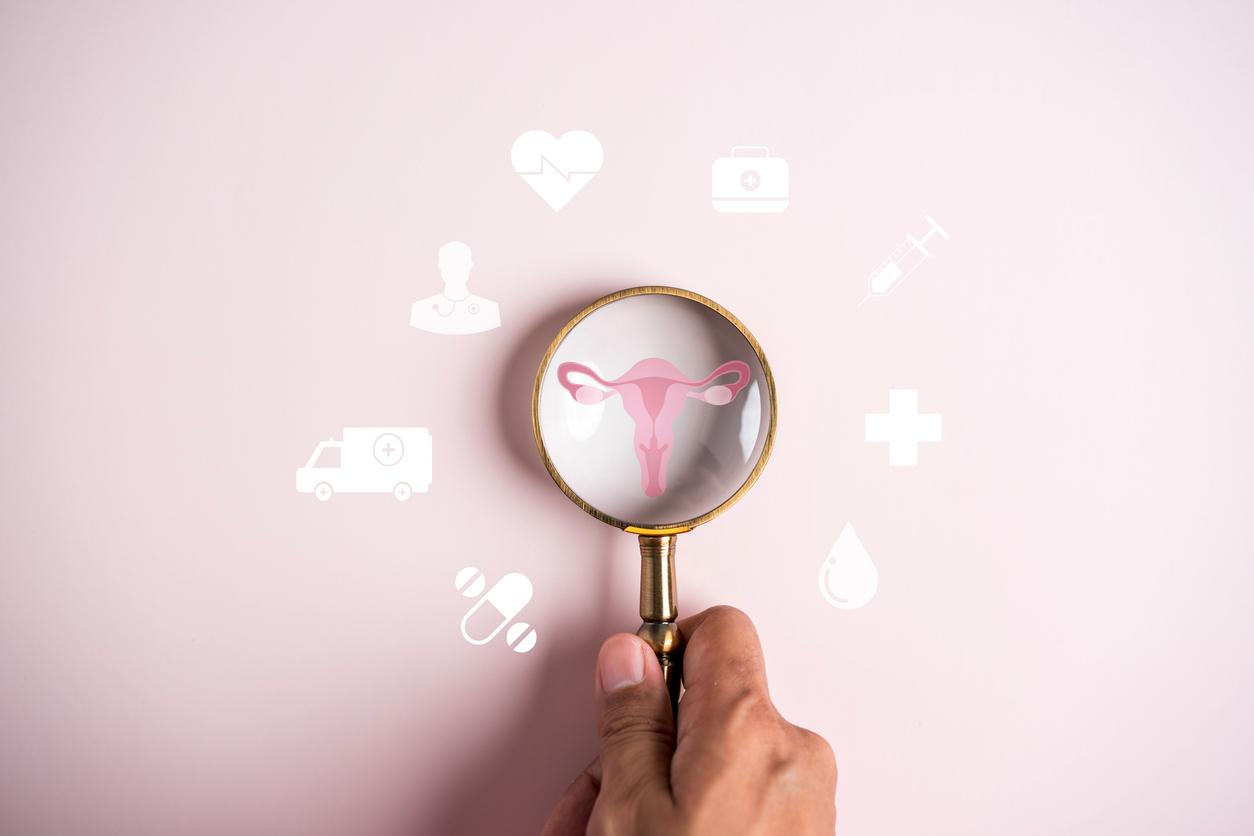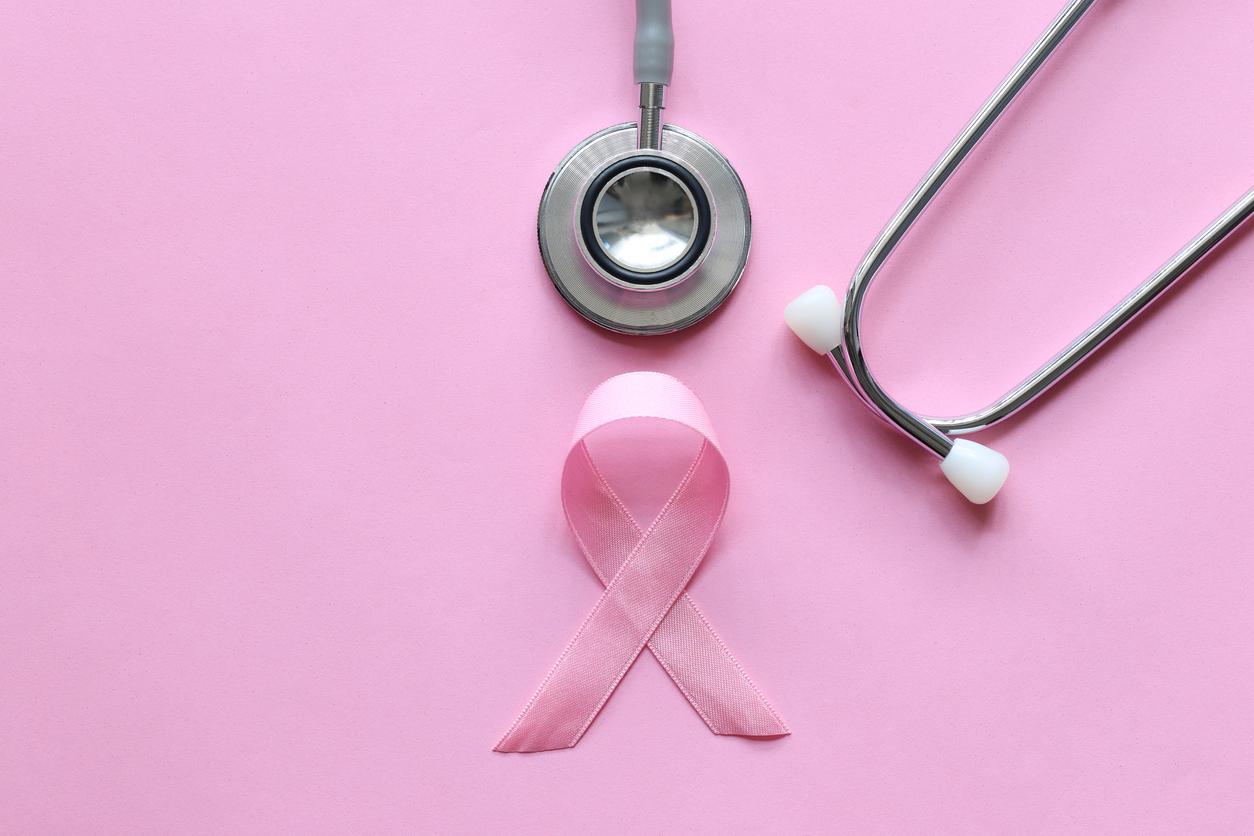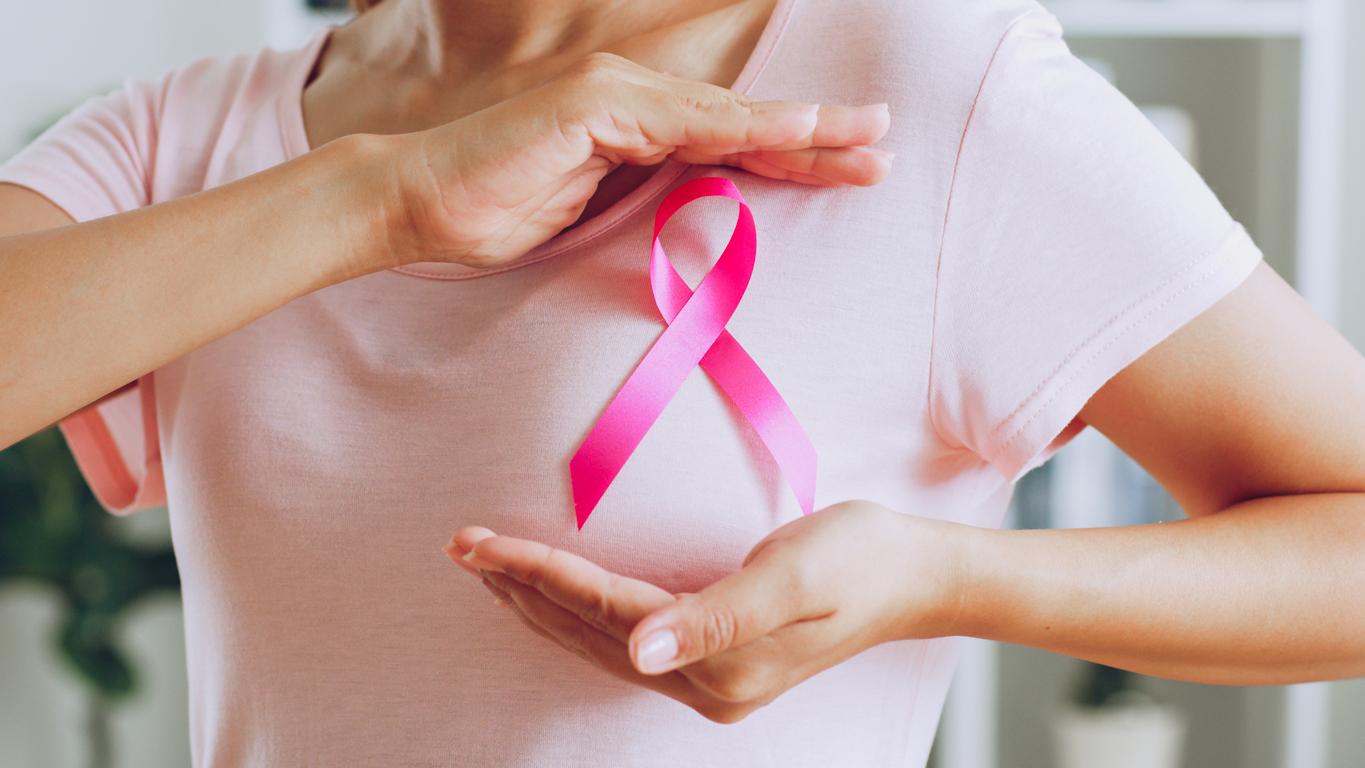In the context of breast cancer, radiotherapy which occurs after mastectomy is less harmful than previously thought.

Radiotherapy after breast surgery does not excessively aggravate the postoperative consequences and the effects on health two years later, contrary to what we thought. This is the result of a new study, published in The Lancet.
“We evaluated the effects of post-mastectomy radiotherapy on the quality of life of women with breast cancer,” the researchers explain. In a first group, women aged 18 or over with breast cancer who had undergone a mastectomy and, if the lymph nodes were positive, an axillary dissection, underwent radiotherapy. In a second control group, patients in the same situation did not have radiotherapy.
Chest wall side effects
Following this distribution, the scientists evaluated which patients had the best chances of surviving their cancer 10 years later. They also looked at fatigue, fitness, side effects in the chest wall, shoulder and arm, body image, anxiety, depression and overall quality of life for members. of the cohort.
Two years later, chest wall symptoms were more prominent in the radiotherapy group. However, an improvement was observed at one and two years in both groups. No differences were observed between groups in arm and shoulder side effects, body image, fatigue, overall quality of life, fitness, anxiety, or depression.
Pink October is still relevant
“Post-mastectomy radiation therapy resulted in more localized symptoms (chest wall) up to two years after post-randomization than no radiation therapy, but the difference between the groups was small,” the researchers conclude.
With approximately 54,062 new people affected each year, breast cancer is the most common female cancer. Less than 10% of breast cancers occur before the age of 40. The incidence then increases steadily until age 65. This, combined with the fact that the density of the mammary gland is less important at this age, justifies the choice of the age group of 50 to 74 years selected for organized screening. After having doubled between 1980 and 2005, the incidence now seems to be in a stabilization phase, which does not prevent the Pink October associative mobilization from still being topical.
Symptoms, screening, treatments, medical innovations… Why Doctor takes stock with Dr. Mahasti Saghatchian, oncologist at the American Hospital of Paris, in the program “Questions aux experts”.

.















